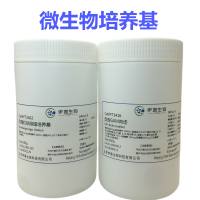Meat-Model System Development for Antibacterial Activity Determination
互联网
互联网
相关产品推荐

Mouse Reactive Alzheimer's Disease Model Microglia Phenotyping IF Antibody Sampler Kit
¥500

葡萄糖肉浸液肉汤|Dextrose Meat Infusion Broth
¥150

Recombinant-Human-Receptor-activity-modifying-protein-2RAMP2Receptor activity-modifying protein 2 Alternative name(s): Calcitonin-receptor-like receptor activity-modifying protein 2; CRLR activity-modifying protein 2
¥9968

btuC/btuC蛋白/btuC; OE_2952FCobalamin import system permease protein BtuC蛋白/Recombinant Halobacterium salinarum Cobalamin import system permease protein BtuC (btuC)重组蛋白
¥69

Tau Mouse Model Neuronal Viability IF Antibody Sampler Kit
¥500
相关问答

